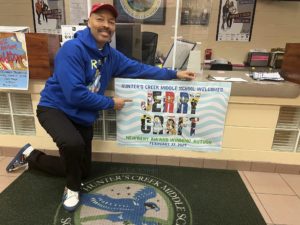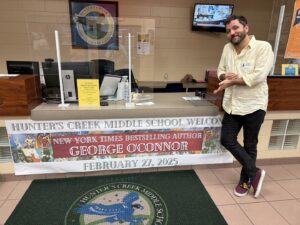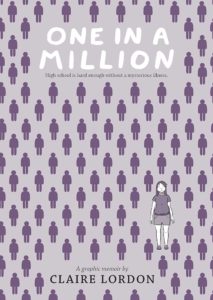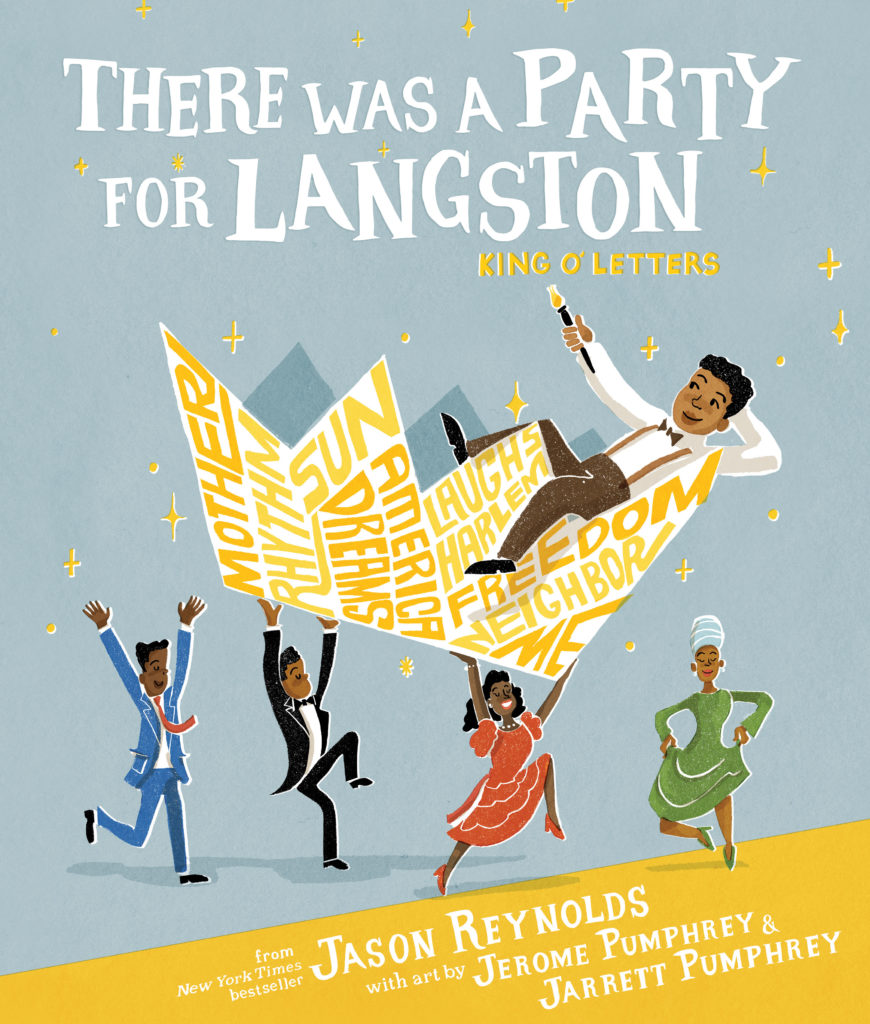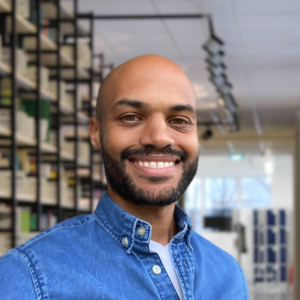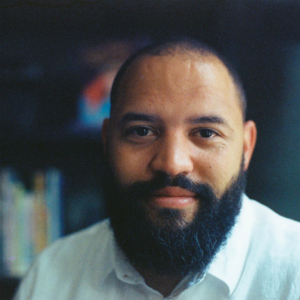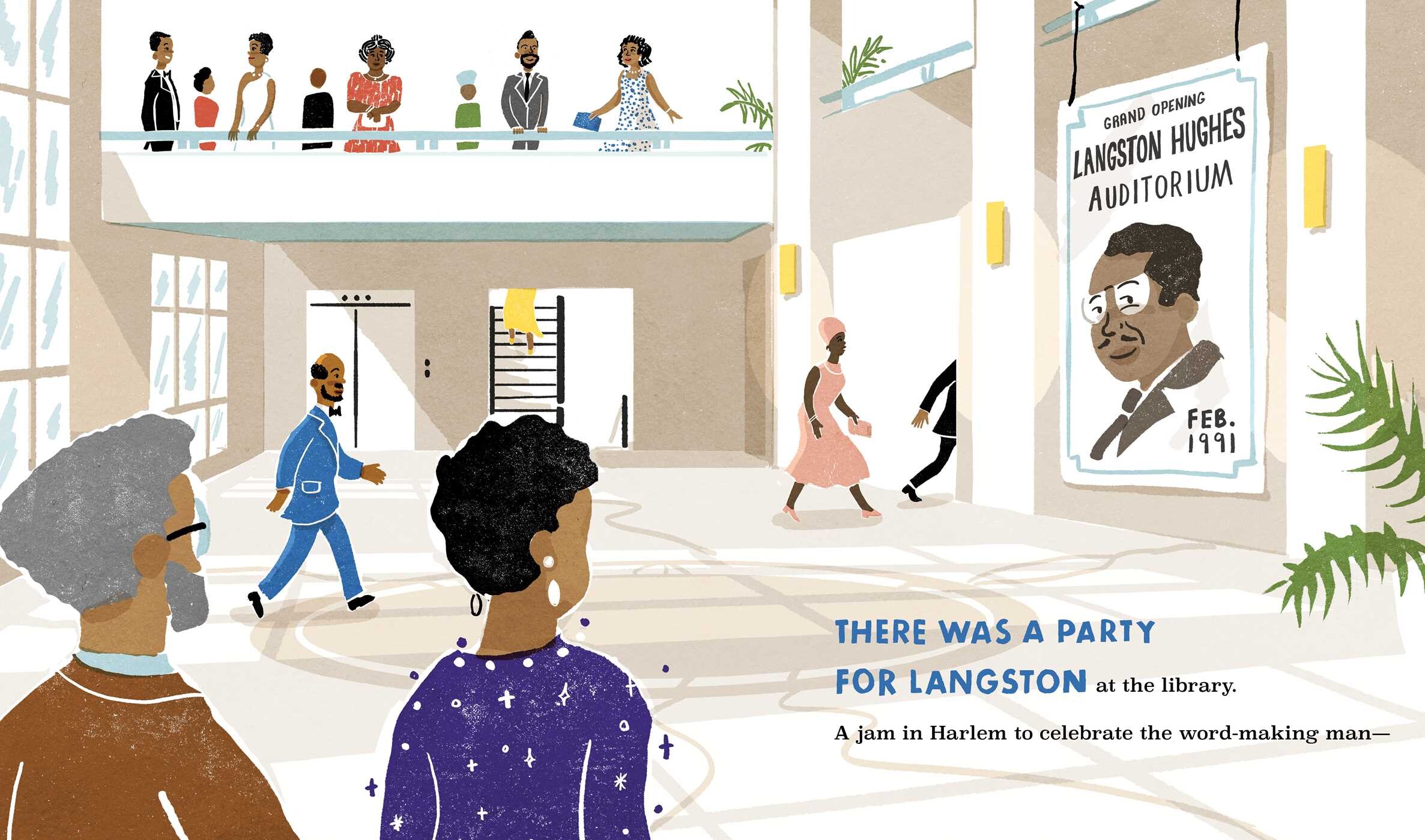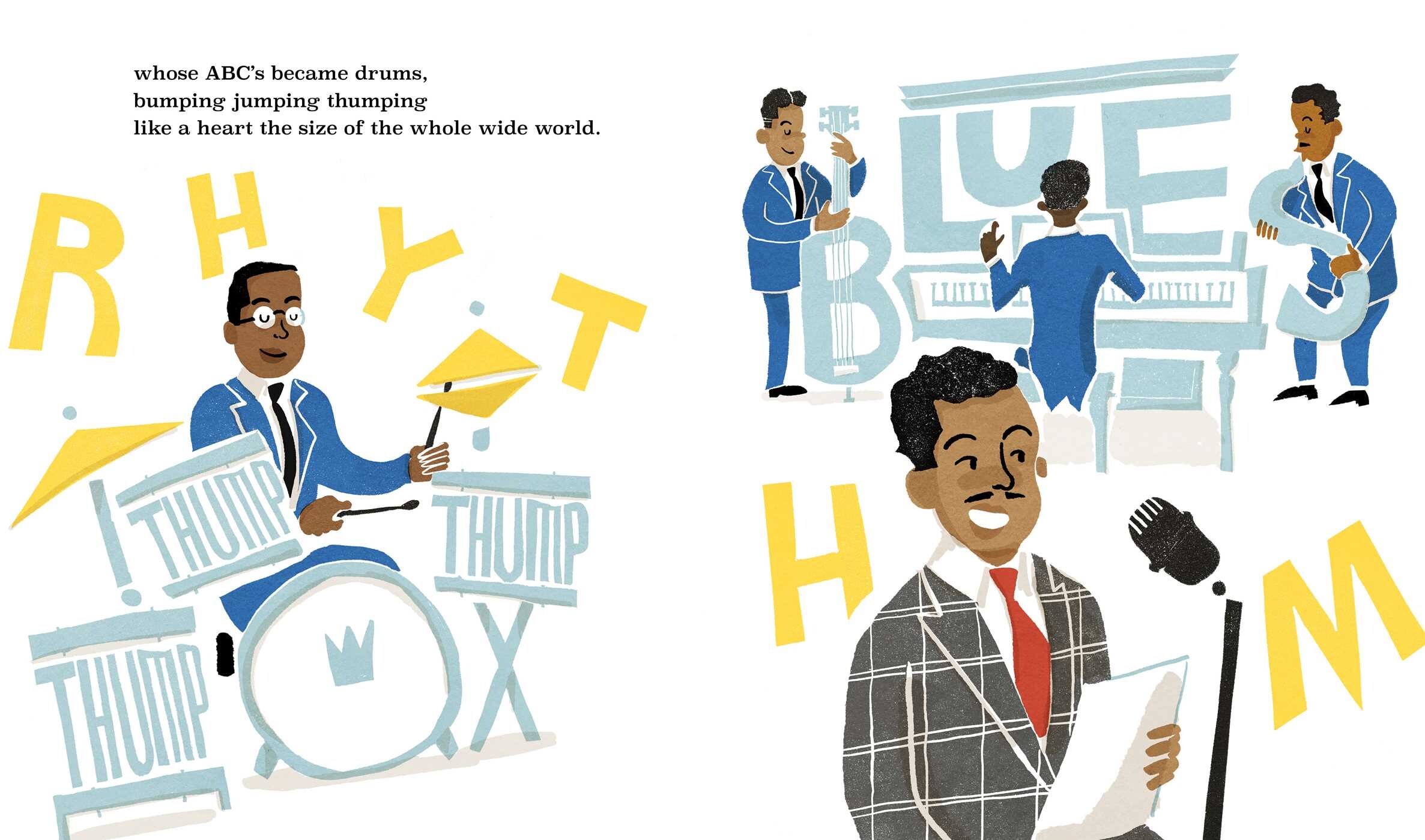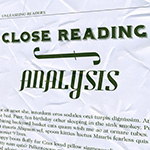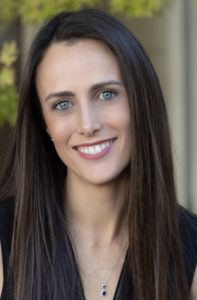Impact of Author Visits
“2023 vs. 2024 vs. 2025 Author Visits” by Leonardo V., 8th grade
As the 2024-2025 school year comes to a close, some of us will be saying our goodbyes as 8th graders will move on to high school and remember all the memories we made in middle school. One of those memories we made were the 3 author visits. They are fun days where we meet an author in person and learn about their books and about themselves! Which one was the best overall though? I will be answering this question with mine and other opinions from around the school!
2023 Author Visit: Christina Diaz Gonzalez

The 2023 author visit (2024-2025 8th graders first one) invited Christina Diaz Gonzalez to HCMS. She had the most diverse options for books out of the 3 authors with the most genres. In HCMS, she is most known for the book Invisible and Concealed [We’ve been very lucky because she visited our two-way dual language program in 2022 then we won a] a virtual author visit in 2023 in the 2023-2024 school year [also]! She is also visiting the school again for the 2025-2026 author visit, so the next generation can see our 1st one!
“I think it was very fun and it was a very new experience for me” Valiya T.
2024 Author Visit: Jerry Craft

The 2024 author visit (2024-2025 8th graders second one) invited Jerry Craft to HCMS. He is the author that visited HCMS that got the most awards like the John Newberry medal. In HCMS he is most known for the “New Kid” series. He also made a special appearance in the house meeting after that to play basketball. He does have the least amount of books out of the 3 though.
“It was really fun and I’m really thankful that I got to meet him. Being the really successful author that he is, and all the advice he gave us for the future, it was a great time for me.” Raegen B.
2025 Author Visit: George O’Connor
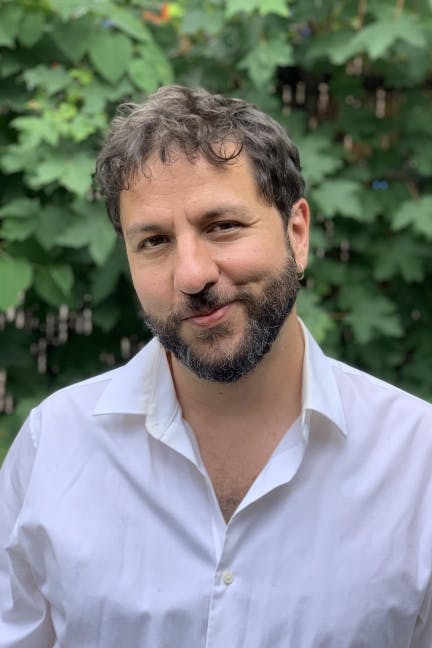
The 2025 author visit (2024-2025 8th graders final one) invited George O’ Connor to HCMS. He has the longest series out of the 3 authors which is called “Olympians” George O’ Connor is also best known for that same series in HCMS. He was the author who explained all of his books in depth and also explained the most about himself and gave a good lesson.
“I liked his visit because I feel like I got to know his background on why he started writing his books in the first place.” Ellie M.
Conclusion
All the author visits has their (mainly) highs and (rarely) lows and have a place in our hearts, and we should thank Ms. Moye for coordinating these! To all the next author visits and beyond!
“The Impact of Author Visits” by Faten I., 7th grade
Sometimes we get so lost in such a good book, but we never look at the magic behind it. We never really pay attention to how the author came up with the idea of the book, what inspired them to start writing, or even what their life was like. Sometimes we don’t even pay attention to the author at all!
But HCMS decided to change that. Every year, we have authors come and visit our school. These authors share their background, what inspired them to start writing, how they came up with the ideas of their books and so much more!
For example, last year (2024) we had Jerry Craft come and visit our school. To prepare for this, everyone and their ELA classes read his book New Kid. We also decorated the library with posters, we decorated the doors, and we displayed art from Mr. Gomez’s (art teacher) class in the front office. When Jerry Craft came some language arts came in and Jerry had a presentation about his past, books, what inspired him to make books, drew some drawings for us, told us about his journey, and even played in our staff vs students basketball game!
This whole experience impacted so many kids and I because we got to see an author talk about his life and what inspires him. We have some very talented artists in our school who took some of his art advice and benefited from him. He also inspired many students by pushing them to read more!
So many students and I were so amazed by the fact that one minute we were reading his book and the next minute he was right in front of us! He really did inspire students a lot especially with his drawings. He taught us so much about books, diversity, he even taught me how to draw a background which actually saved me in art. I loved this experience so much!
This year we had George O’Connor, and I learned SO much! I never really knew anything about Greek mythology, but his presentation and the events, and decorations we had for him taught me so much!
Before George O’Connor came we prepared for him by making and hanging up posters, door decorating, having his books on display, hanging up some of Mr. Gomez’s kid’s artwork, making paper cutouts of characters from some of his books, and we even had an Olympians night where you could play games based on the Greek goddesses, purchase food drinks, and get stamps for each station you complete! I was so glad because this year as a student literacy leader I was able to help with all of this and it was so much fun.
When Gorge O’Connor first came many students including myself knew nothing about Greek Gods or him, but throughout his presentation he shared a lot and taught us a lot. He taught us about his past, his drawing techniques, his school life, how he was when he was a kid, what inspired him to start writing books, and so much about the Greek gods.
This experience was so cool because it taught me and other students that even if we think we can’t do something we always can, you just have to have faith and try. He also taught me and others so much about Greek mythology, and gods and goddesses which we all found so cool. Gorge gave a lot of kids fun memories by signing books and bookmarks for them, talking with them, showing us cool activities, etc.!
Overall I think author visits should continue because they benefit me and many kids in so many ways and have big impacts!
“How Yearly Author Visits Impact Students” by Mia G., 7th grade
Careers
Yearly Author visits are really helpful to students when it comes to choosing careers. Many authors like to introduce careers like publishing, arts, writing, and more which can make a student feel a type of connection with that career. When authors come to schools and talk about their story/background on how they became authors it can motivate students making the idea of becoming an author or another career related to it feel more real to them.
Encourages to Read
Most of the time Author Visits encourage students to start reading by discussing their books, their characters and themes of the book making students feel more interested in their books. This motivates students to start reading more not only specific author books but similar books from different authors or by discovering which genres they like. Authors also let students ask questions which makes them more interested in reading.
Understanding the process of writing
Authors often share their process like everything they have had to go through to be where they are right now; they share their success and the challenges they have gone through over the years. This can make the students learn to understand the process of writing and make them clearly understand that everything takes time.
Participation
Authors often let students ask questions out loud and tell them their thoughts, questions or opinions. This activity helps students to communicate in front of a lot or a group of people making them more confident in speaking out loud
Conclusion
In conclusion, Yearly author visits benefit students in many good ways which can have a big impact on them!
Thank you so much to my student voices today and their look at our yearly author visits!



